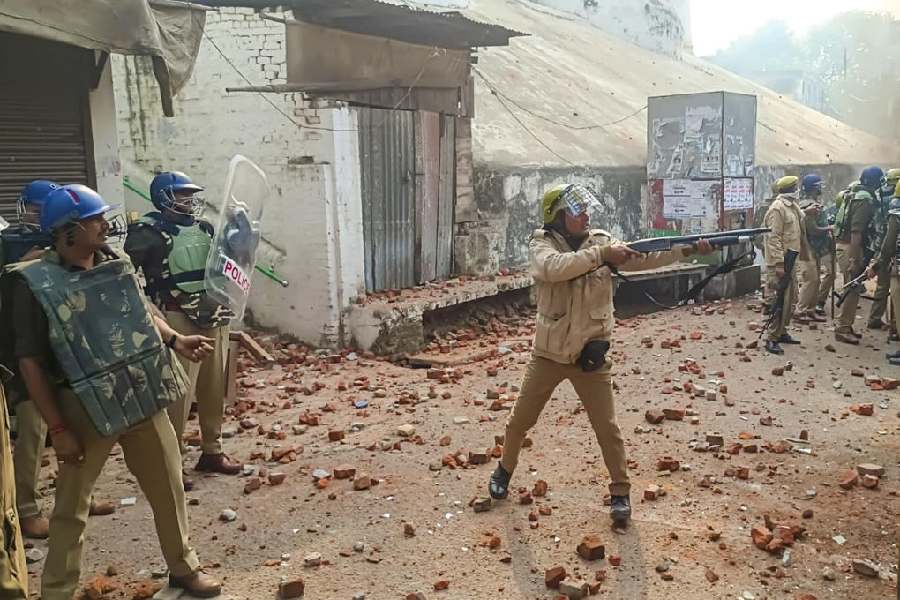The US and South Korea on Monday kicked off annual joint military exercises, summertime drills known as Ulchi Freedom Shield.
The renewed training comes amid a rise in tensions on the Korean Peninsula again following years of failed rapprochement that occurred while former US President Donald Trump was in office.
The live-fire exercises will involve thousands of troops and combine land, sea and air forces.
Ulchi Freedom Shield is scheduled to run through September 1.
What is the strategic context of Ulchi Freedom Shield?
South Korean President Yoon Suk-yeol came to power in May vowing to "normalize" combined exercises and strengthen deterrence against threats from North Korea.
In recent years, the joint US-South Korean maneuvers were scaled back due to the COVID-19 pandemic and before that, the doomed diplomatic efforts to get North Korea to agree to denuclearize.
Trump and previous South Korean President Moon Jae-in held talks with North Korean dictator Kim Jong Un and drew down US-South Korean military cooperation in a bid to keep the North engaged.
Pyongyang has lambasted the exercises as a dress rehearsal for an invasion.
Last week, North Korea fired two cruise missiles from the town of Onchon, on the west coast of the peninsula.
North Korea has conducted an unprecedented number of weapons tests this year. US and South Korean officials have warned that Pyongyang is preparing to conduct what would be its seventh nuclear test.
What is planned for the exercises?
US and South Korean troops will train jointly on 11 field training programs, including one at the brigade level.
The exercises, which Washington and Seoul describe as defensive, involve aircraft,warships, tanks and potentially tens of thousands of troops.
The drills include simulated joint attacks, front-line reinforcements of arms and fuel, and removals of weapons of mass destruction.
The US currently has approximately 28,500 troops stationed in South Korea.











